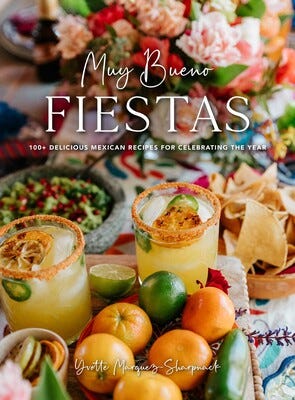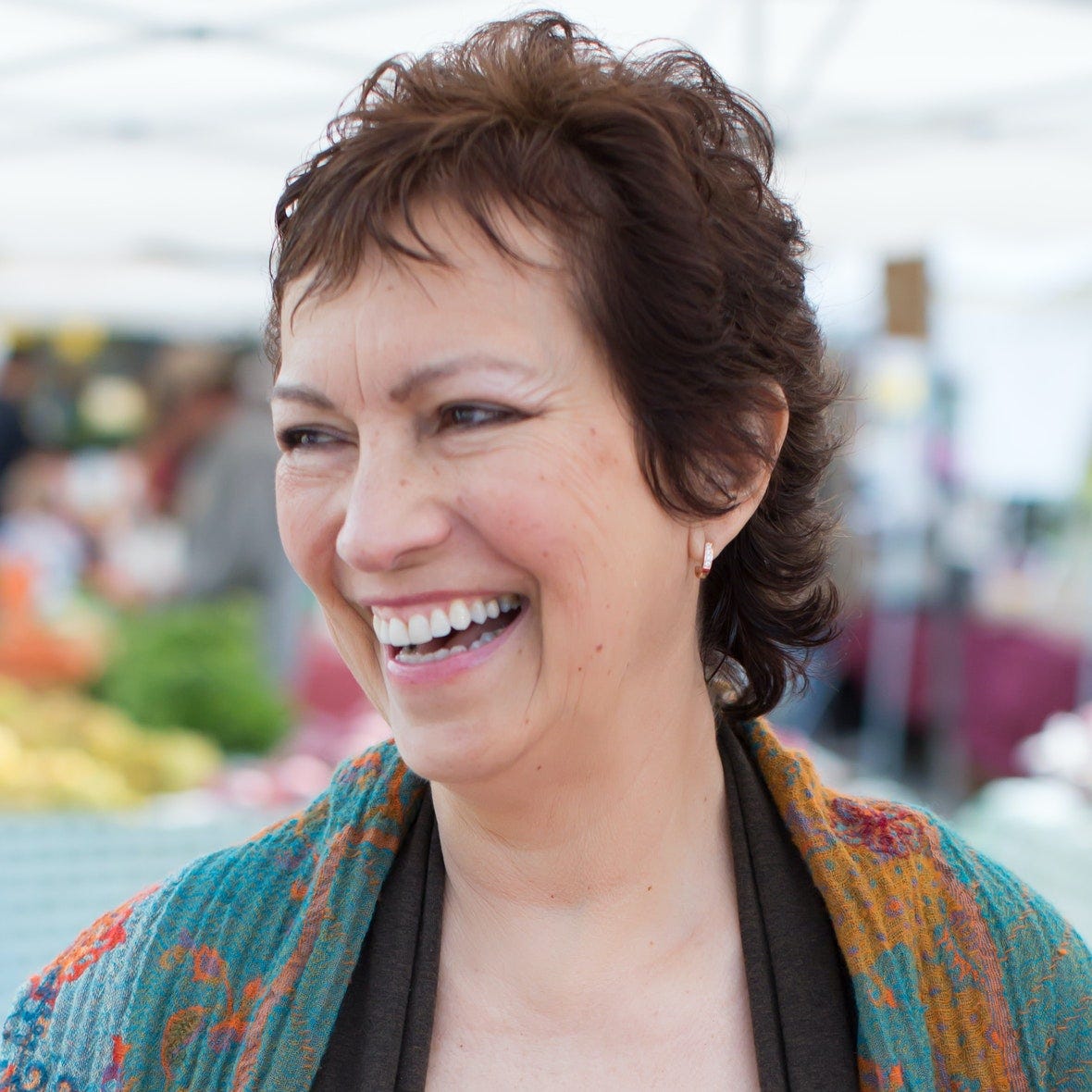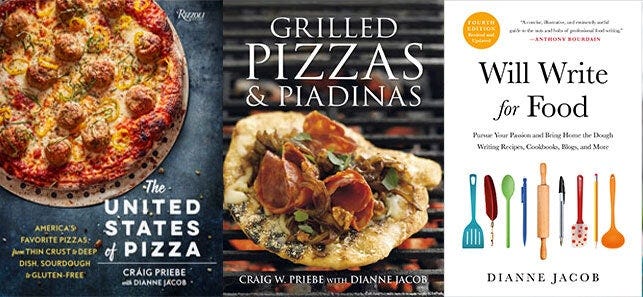I’ve edited some wishy-washy recipes lately. People write that you could substitute mashed potatoes, or you could add meat, or you could make it in a pressure cooker or Instant Pot.
They think they’re being helpful. I think it’s the opposite. Too many options make reading a recipe more stressful. Readers must make their own decisions about how to prepare the stew and what to put in it, because the authors don’t say.
For example, you can’t just tell the reader, “This soup is vegetarian, but you can add meat if you like. This leads to questions such as Which meat? How much? When do I add it? How do I prepare it? Often, readers are not experienced enough to figure it out.
I have a suggestion: If you write recipes, take charge. Make decisions for the reader. Don’t worry about how they want it. Make it the way you want it.
Readers are looking to you because you’re the expert and teacher. You know how to make your coconut curry taste fantastic. Readers want your decisions. That’s why they’re reading your blog or website, or buying your cookbook.
That being said, readers will substitute ingredients and adjust amounts. That’s fine. They can do their thing with your recipe. But that doesn't mean you shouldn’t take a stand on how you like it. Including specifying the salt.
Now, you might disagree. I hope you do. I don’t like it if everyone agrees. Tell me how you feel about variations.
Meanwhile, this curmudgeon hopes you have a happy holiday ahead, with all your favorite foods and people.
P.S. Since my last free newsletter, The Washington Post quoted your girl (I unlocked the article for you) on the death of Julie Powell. Meanwhile, the New York Times published three pieces about her. I’ve included the unlocked versions below, and a few more, in case you didn’t read them yet:
Julie Powell, Food Writer Known for ‘Julie & Julia,’ Dies at 49 (NYT)
Julie, not Julia, by Elissa Altman
Goodbye to My Friend Julie Powell, Who Was So Much More Than Her Food Writing (Bon Appetit)
Julie Powell Took Food Writing to a Franker, Darker Place (NYT).
P.P.S. The International Association of Culinary Professionals (IACP) named me as one of their members of the year, along with some worthwhile colleagues.
What I’m Eating
If you follow me on Instagram, you know I love to forage for fallen fruit. This time it’s pink peppercorns, which are now drying on my kitchen counter. Click on the image’s arrow on Instagram to see what else I’ve found on my walks.
Events and Consults
January 21, 2023, 1 p.m.
In Conversation with Deb Perelman
Book Passage Bookstore, Corte Madera, CA
If you’re in the San Francisco Bay Area, come to my in-person talk with the one and only Deb as we discuss recipes, cooking, and her new cookbook, Smitten Kitchen Keepers.
Private Consult
Through a partner, Delicious Experiences
One-hour consult: $250
For years I've had a five-hour minimum for consulting. But now, through Delicious Experiences, you can book a Zoom call with me for just one hour or more. If you’ve wanted to start your dream cookbook, get your book published, or get better freelance assignments, let’s move you forward. I’ve talked with writers at all levels about a variety of food-writing topics.
What I'm Reading
The 27 Best Cookbooks of 2022, from Bon Appetit.
The 14 Best Cookbooks to Gift in 2022, from Saveur.
The Ten Best Books About Food of 2022, from the Smithsonian.
How Food Influencers Sharpen Their Brands: Print Cookbooks. The Hollywood Reporter reports on the rise of Influencers.
Did you see Ina Garten on 60 Minutes? If not, see Ina Garten's calming culinary empire.
11 Culinary Bookstores You Need To Visit Across The US. Here are many familiar faces and a few academic or antiquarian places.
17 Novelty Cookbooks For the Cook Who Loves Pop Culture. Novelty cookbooks make good gifts, or maybe you’d like one?
How to Reduce Food Waste as a Food Blogger. Food Blogger Pro has excellent tips.
Gael Greene, Who Shook Up Restaurant Reviewing, Dies at 88. (Unlocked New York Times article.) The last line is fantastic. Also see Gael Greene Invented the Modern Restaurant Critic, in Grub Street.
What it’s like to be a food writer when you can taste everything you see. Julia Skinner describes her synesthesia experiences.
What’s the point of cookbooks? Hope, love and beauty (but not cooking). I reported years ago in Will Write for Food that readers make 2-3 recipes in a cookbook.
Developing Foolproof Recipes with Katie Webster. A good insider interview from Food Blogger Pro.
How Food Influencers Sharpen Their Brands: Print Cookbooks. If you want a cookbook deal, here’s who you’re competing with.
Here’s Georgia O’Keefe’s recipe box, which the Beinecke Library at Yale digitized.
From cookbook author Kati Parla’s newsletter: “I did some math on recent titles and it was crystal clear that I am working really hard and losing money while enriching some of the biggest publishing houses on the planet. Enough. To illustrate my point, I will share the details of a recent solo title, which has sold nearly 30,000 copies (the average cookbook sells a few thousand). I was paid an advance on royalties amounting to $82,500, paid out in 4 installments spaced out over 2 years. Out of that fee, I had to pay out my agent (-15%), pay for photography and food styling (-$25,000), and fund recipe development and testing (-$20,000). Now that all came out of the first instalment of my advance, which was around $20,000. So even before the book went to the printer, I already was paying money out of my own pocket to produce a book for a publisher with a 25% market share. That is extremely not cool.
Ok so after these expenses, I had $25, 125 left. But most of that had long since been spent researching the book for YEARS. Everything else (and then some!) was used for marketing and publicity.” Parla plans to self-publish her next cookbook.
How a Food Influencer Makes Money. Alex Jewell says not to ask, but to wait to be noticed.
There’s a new food magazine in Ireland called Scoop, that celebrates diversity. A freelance writer started it. Read about it here (Story by a former student, Kate Ryan.)
News About Clients and Students
(I like to brag about food writing accomplishments here. Send me an email: dj@diannej.com.)
Saveur published Majed Ali’s piece, Chai-Spiced Pumpkin Basbousa.
Dr. Annie Fenn’s cookbook, The Brain Health Kitchen: Preventing Alzheimer’s Through Food, is available for preorder. I coached her on a book proposal. Preorder benefits are here.
Former pastry chef Shirl Gard launched her Substack newsletter about baking. I helped her start it.
Food & Wine published Faith Kramer’s recipe for Date and Walnut Rugelach with Tahini Glaze.
Yvette Marquez Sharpnack’s cookbook, Muy Bueno Fiestas: 100+ Delicious Mexican Recipes for Celebrating the Year, is available for preorder. I coached her on the book proposal.
Berkeleyside published Anna Mindess’ story and photographs, Korean and Ohlone elders share a meaningful meal.
Thanks for Reading
Like this newsletter? Please forward it to a few people or share on social media. It really helps! New subscribers can sign up here. Thank you.
If you enjoyed this post, please click on the little ❤️ below ⬇️.
Dianne Jacob
Editor, Writer and Coach
Email: dj@diannej.com
Website: http://www.diannej.com
Twitter: https://twitter.com/diannej
Facebook: https://www.facebook.com/foodwriting
Instagram: https://www.instagram.com/diannemjacob/
My Books
Will Write for Food: 2021 4th Edition
Disclosures: I am an affiliate of Food Blogger Pro, Amazon and Bookshop.org.









True!
I've come around to agreeing with you... I always get sidetracked by my desire for readers to see a recipe as not just a recipe but a set of guidelines that they can adopt -- because I want most of all for them learn how to cook (and be resourceful, creative, and all that), not just to follow a recipe. But these types of recipes can be long and cluttered, and too much to take in to be genuinely helpful. And cooks learn this lessons on their own through practice anyway. But a few suggestions as a sidebar or note at the end can still be helpful!